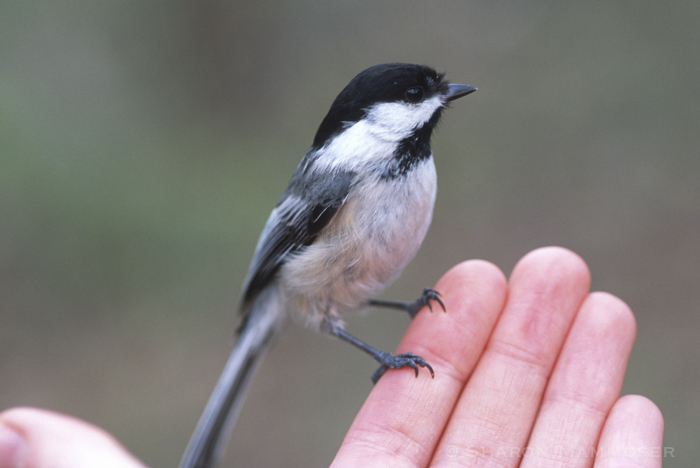 This week’s Creature Feature is a bird most people are familiar with and can identify, even if they don’t know much at all about birds. That’s because this bird is a year-round resident in much of the United States and readily visits feeders. With its black cap and recognizable call, it announces itself, telling everyone within hearing distance its name– “chickadee, dee, dee, dee.” Of course by now you know I am talking about the Black-capped Chickadee.
This week’s Creature Feature is a bird most people are familiar with and can identify, even if they don’t know much at all about birds. That’s because this bird is a year-round resident in much of the United States and readily visits feeders. With its black cap and recognizable call, it announces itself, telling everyone within hearing distance its name– “chickadee, dee, dee, dee.” Of course by now you know I am talking about the Black-capped Chickadee.
Let’s explore some interesting things about this common bird, starting with how it can change its mind–literally!
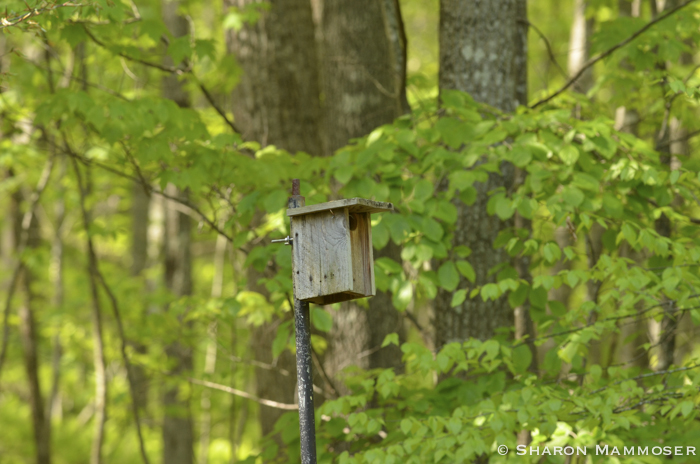
1. Every fall Black-capped Chickadees let brain neurons die so they can be replaced with new neurons. This allows them –even with their tiny brains–to adapt to changes within their environments and their social flocks. Imagine if we had the power to let neurons in our brain die–but how would we choose what to keep and what to save?
2. Chickadees hide seeds and other food items and can remember thousands of spots. Of course, in the time between hiding and finding, lots of other creatures might discover the seeds and enjoy a quick treat.
3. Chickadees are social birds, traveling in flocks with many other birds, including nuthatches, woodpeckers, kinglets, creepers, warblers and vireos. They have a variety of calls and are quick to issue a warning signal that all the birds in the flock pay attention to–even if they are not chickadees. The more “dees” at the end of the call, the more threat the bird perceives.
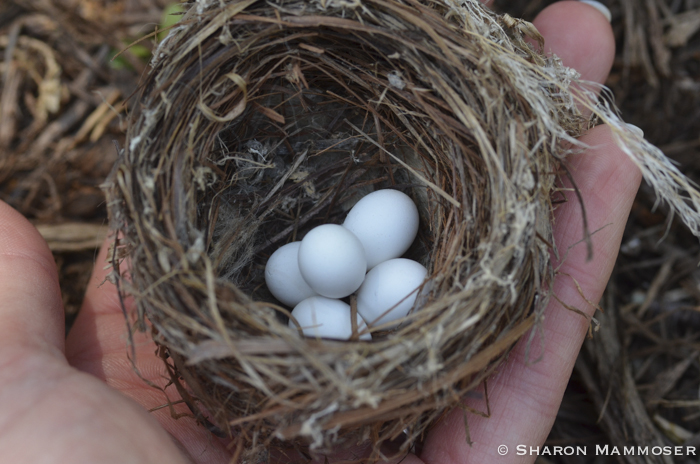 4. Chickadees are cavity nesters. They can excavate their own nest holes, often choosing dead standing trees (called snags) or dead branches. They often choose alder or birch. They will also use old holes from woodpeckers or other birds and even nest boxes filled with sawdust or wood shavings.
4. Chickadees are cavity nesters. They can excavate their own nest holes, often choosing dead standing trees (called snags) or dead branches. They often choose alder or birch. They will also use old holes from woodpeckers or other birds and even nest boxes filled with sawdust or wood shavings.
5. At night, chickadees sleep alone in their own cavities, even when the temperature is below zero degrees.
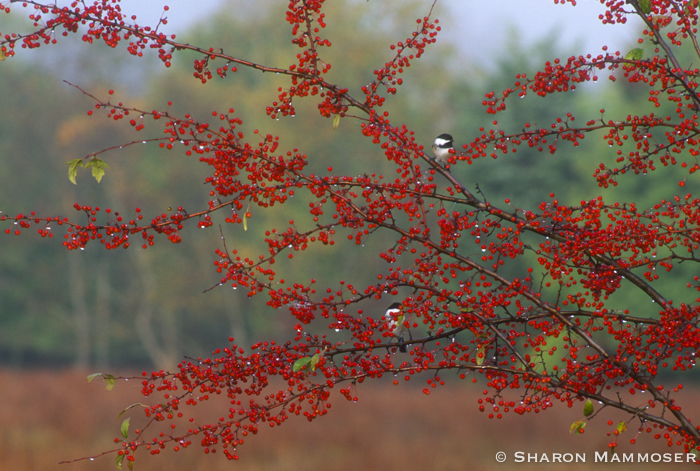 6. The diet of a Black-capped Chickadee changes throughout the year. In spring, summer and fall, 80-90% of what they eat is animal material–insects, spiders, invertebrates, etc. During winter they eat about 50% seeds and berries and the other 50% insects, spiders, suet and other invertebrates. They will even feed on the frozen meat from a dead animal.
6. The diet of a Black-capped Chickadee changes throughout the year. In spring, summer and fall, 80-90% of what they eat is animal material–insects, spiders, invertebrates, etc. During winter they eat about 50% seeds and berries and the other 50% insects, spiders, suet and other invertebrates. They will even feed on the frozen meat from a dead animal.
7. The female selects the nesting site but both sexes help with the excavation. After the hole is built, she will add moss and other coarse material to create a cup-like nest, lining it with soft material such as fur.
8. There are 7 species of chickadee in the world.
9. The oldest known chickadee lived 12 years, 5 months.
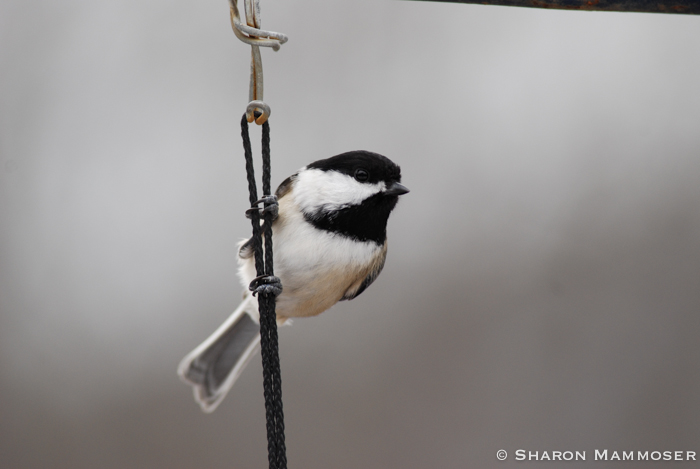 10. The black capped chickadee is the state bird of both Maine and Massachusetts.
10. The black capped chickadee is the state bird of both Maine and Massachusetts.

